Browse our comprehensive product guides and documentation

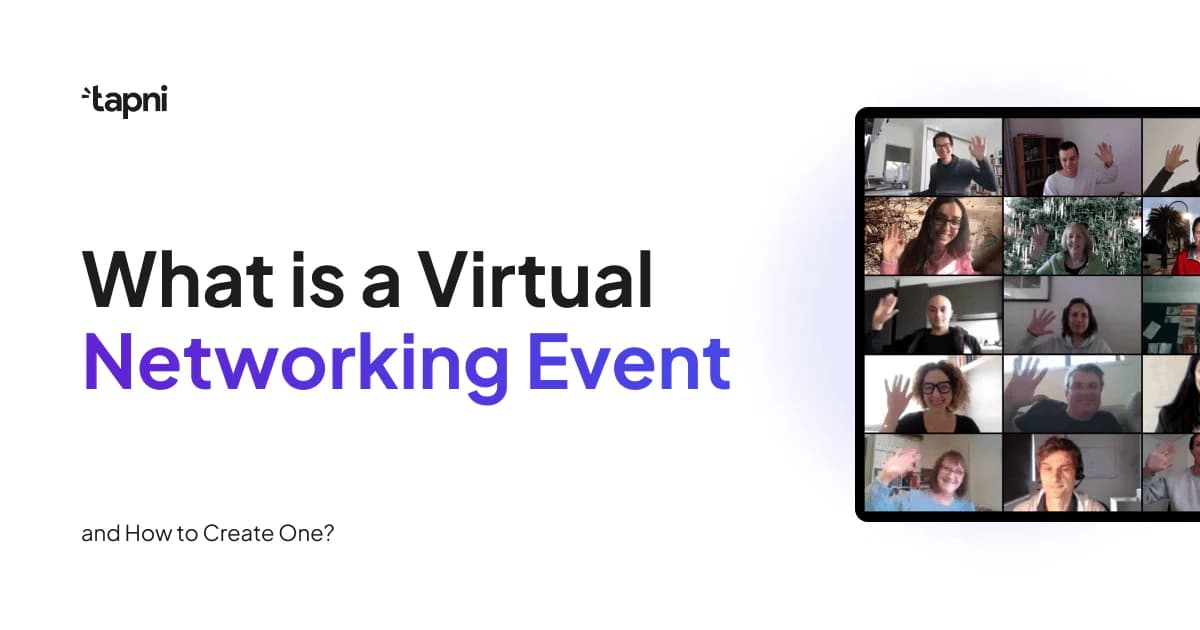
Did you know that according to the vFairs survey, 88.1% of the respondents hosted at least 1 virtual event in 2022?
By understanding what these events are, why they matter, and how to maximize your participation, you can harness their potential to
So what is a virtual networking event, and how can you create one? Read on to find out all the nitty-gritty details.
Let’s dive in!
A virtual networking event is an online gathering where individuals, professionals, or businesses connect, share information, and build relationships.
Since there is no one-size-fits-all, virtual events can take many forms:
However, all virtual events leverage digital event platforms or apps to facilitate participant communication and engagement regardless of their type.
Virtual networking events offer a wide range of benefits for individuals and businesses alike.
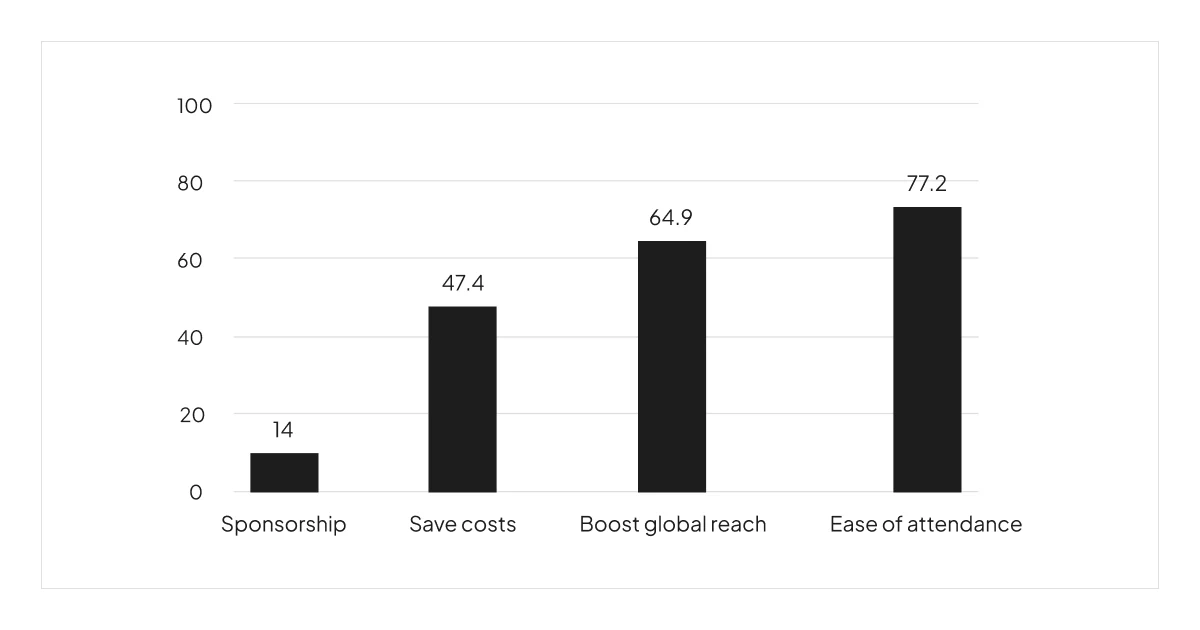
By breaking down geographical barriers, virtual networking events allow you to connect with a diverse and global audience.
Furthermore, interacting with such a diverse audience helps you get fresh perspectives, new opportunities, and a broader pool of potential collaborators.
Or, simply put, you can foster international collaborations and explore new markets without leaving your desk.
Without the need for travel, accommodation, or physical venues, virtual networking events are more cost-effective.
Thus, you can save money while still accessing valuable networking opportunities.
Virtual events often offer flexible schedules, allowing you to attend sessions or meetings at times that suit your availability or time zone.
Attending virtual networking events means you can participate from your home, office, or any location with an internet connection.
Therefore, they reduce the time and effort associated with traditional in-person events.
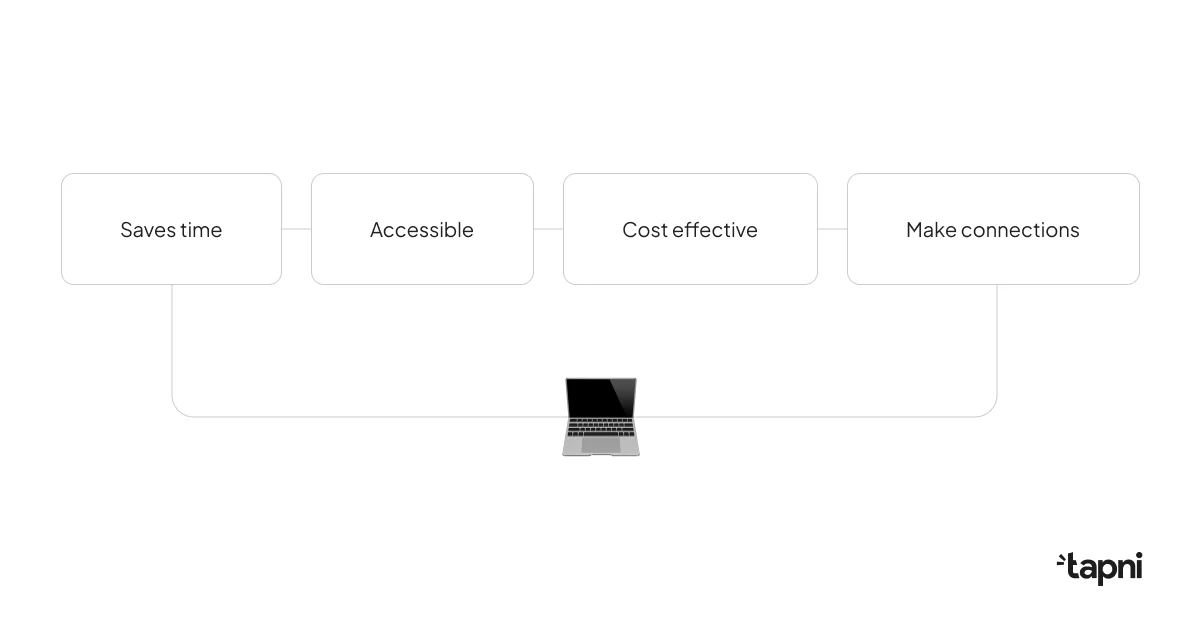
As well as attracting a diverse audience, virtual events often offer diverse networking formats, such as one-on-one meetings, group discussions, and breakout sessions. It is this diversity that enhances your chances of making meaningful connections.
Virtual networking events frequently feature renowned speakers and experts as presenters, providing you with direct access to industry insights and thought leadership.
Thanks to digital technology, most virtual events can offer data and analytics that measure your participation's impact.
So, for example, you can track metrics like engagement levels, attendee demographics, and session popularity to refine your networking strategy.
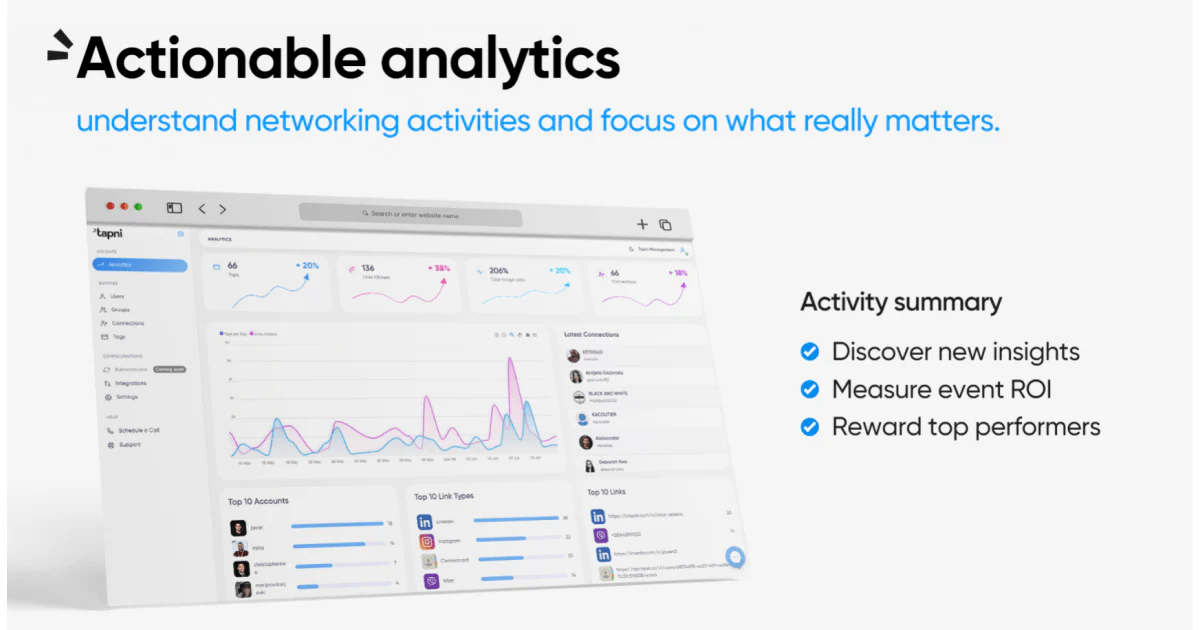
To replicate the in-person networking experience, virtual events often incorporate interactive features like chat rooms, breakout sessions, and virtual lounges where participants can engage in meaningful conversations.
By embracing virtual networking, you can tap into a world of opportunities, save resources, and adapt to the changing landscape of networking and business interactions.
Regardless of the event format, hosting a virtual networking event must have the following 3 elements:
In addition, preparing a virtual networking event covers 3 stages: before, during and after the event.
Before you start planning, establish clear objectives for your virtual networking event.
In addition, identify what sets your event apart. What unique value or experience will attendees gain from your event?
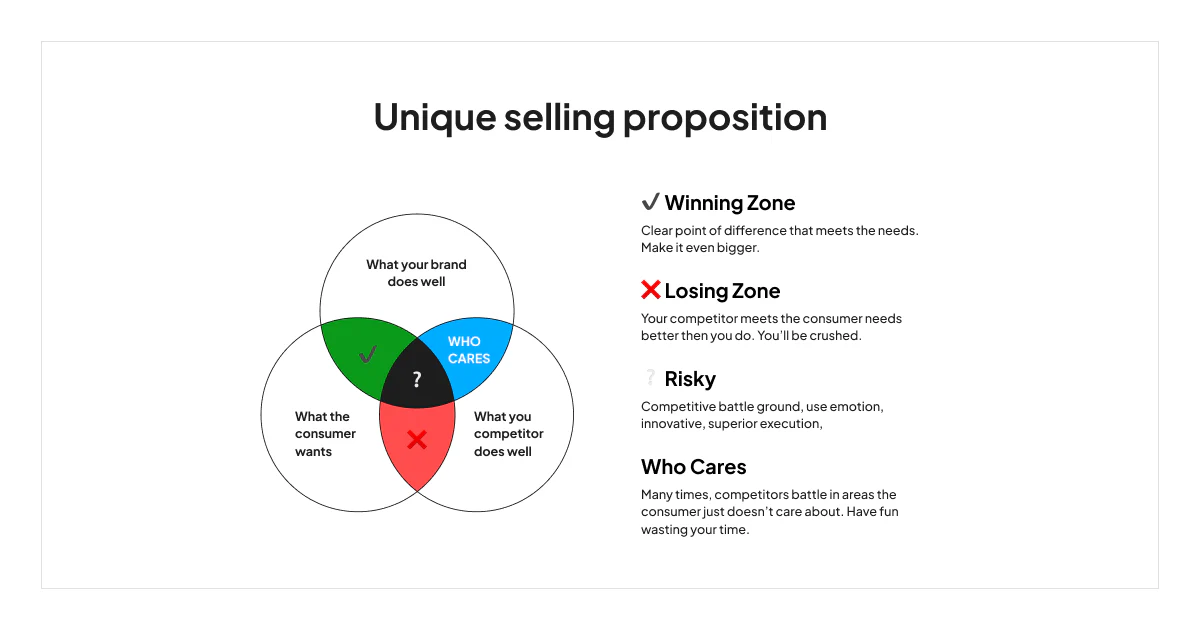
Know your target audience's preferences, pain points, and interests so you can
tailor your event to address their needs and provide solutions.
Also, consider their time zones, schedules, and language preferences when planning the event.
Choose a date and time that accommodates your target audience's schedule.
You should consider time zones if your audience is global and try to avoid scheduling conflicts with other major events or holidays.
Selecting the appropriate virtual platform is essential for a successful event.
Therefore, you should select a reliable and user-friendly virtual event platform that aligns with your event's objectives.
Moreover, ensure it offers essential features like
And last but not least, make sure it supports the intended number of attendees.
Want to know more about the best conference apps for your next virtual event?
Jump to our blog Top 10 Conference Networking Apps You Must Try In 2024, to find what’s currently hot.
Crafting a captivating event title and description isn’t only about grabbing your audience's attention.
It’s also about clearly communicating the event's purpose, benefits, and what attendees can expect.
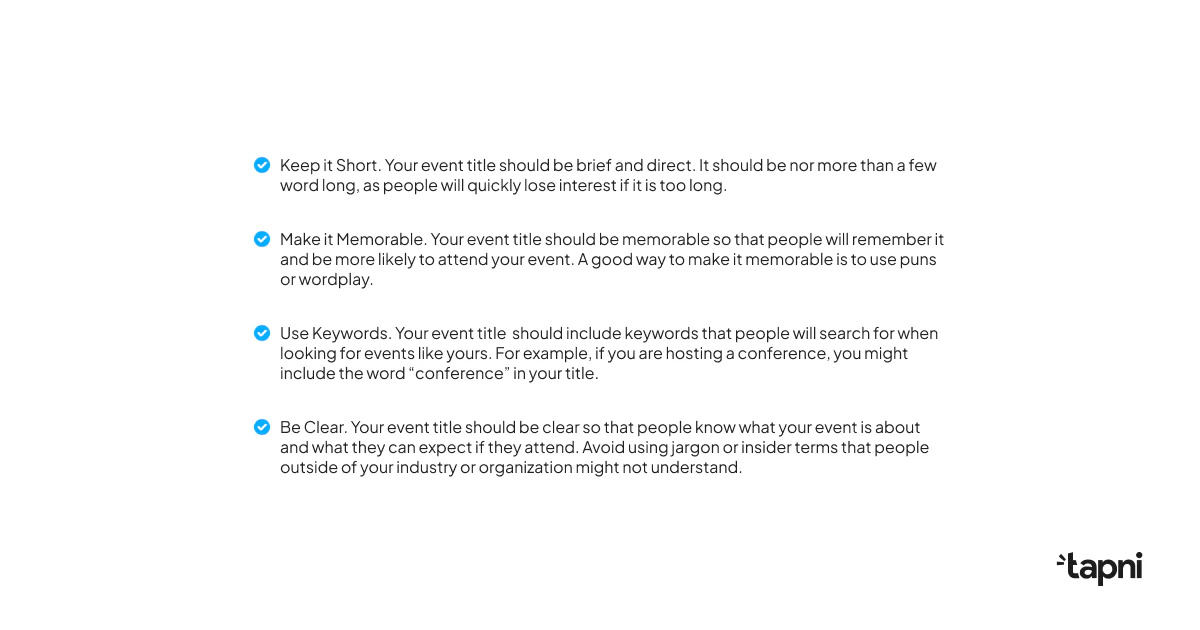
Develop a content plan that includes a mix of engaging formats, such as keynote speakers, panel discussions, workshops, and interactive Q&A sessions.
Furthermore, feature industry experts or thought leaders who can provide valuable insights and provoke discussion.
Create a comprehensive promotion strategy that leverages various channels, including social media, email marketing, your website, and industry networks.
Moreover, create eye-catching promotional materials and a landing page where attendees can register.
Encourage early registrations by offering incentives such as
Tip: Limited-time offers can create a sense of urgency.
I probably can’t stress enough how important it is to do a technical checkup. Therefore, check
The same applies to your guest speakers - Check if they are familiar with the platform you are using, and run through any technical questions they might have.
Tip: If possible, share the software demo, so your guests can experience the interface beforehand.
Do a test run to iron out any technical glitches and ensure that all presenters are comfortable with their roles and equipment.
Create opportunities for networking within the virtual event by using breakout rooms, chat features, and structured networking sessions.
In addition, keep sessions dynamic, concise, and informative.
Maintain the excitement during the event by running real-time contests, challenges, and giveaways.
Furthermore, encourage participants to share their experiences on social media using event-specific hashtags.
ProTip: Did you know that some digital solutions, such as Tapni, can act as a gamification tool?
The first person who scans the QR code and provides some info from your profile gets a small reward.

For more fun virtual ideas, hop on to 10 Virtual Networking Ideas You Should Implement Today.
In order to ensure a seamless and user-friendly experience, provide clear instructions on how to navigate the virtual platform.
Also, offer technical support and troubleshooting resources to address attendee issues promptly.
After the event, send personalized thank-you messages to attendees, share event recordings and presentation materials, and provide continued networking or engagement opportunities.
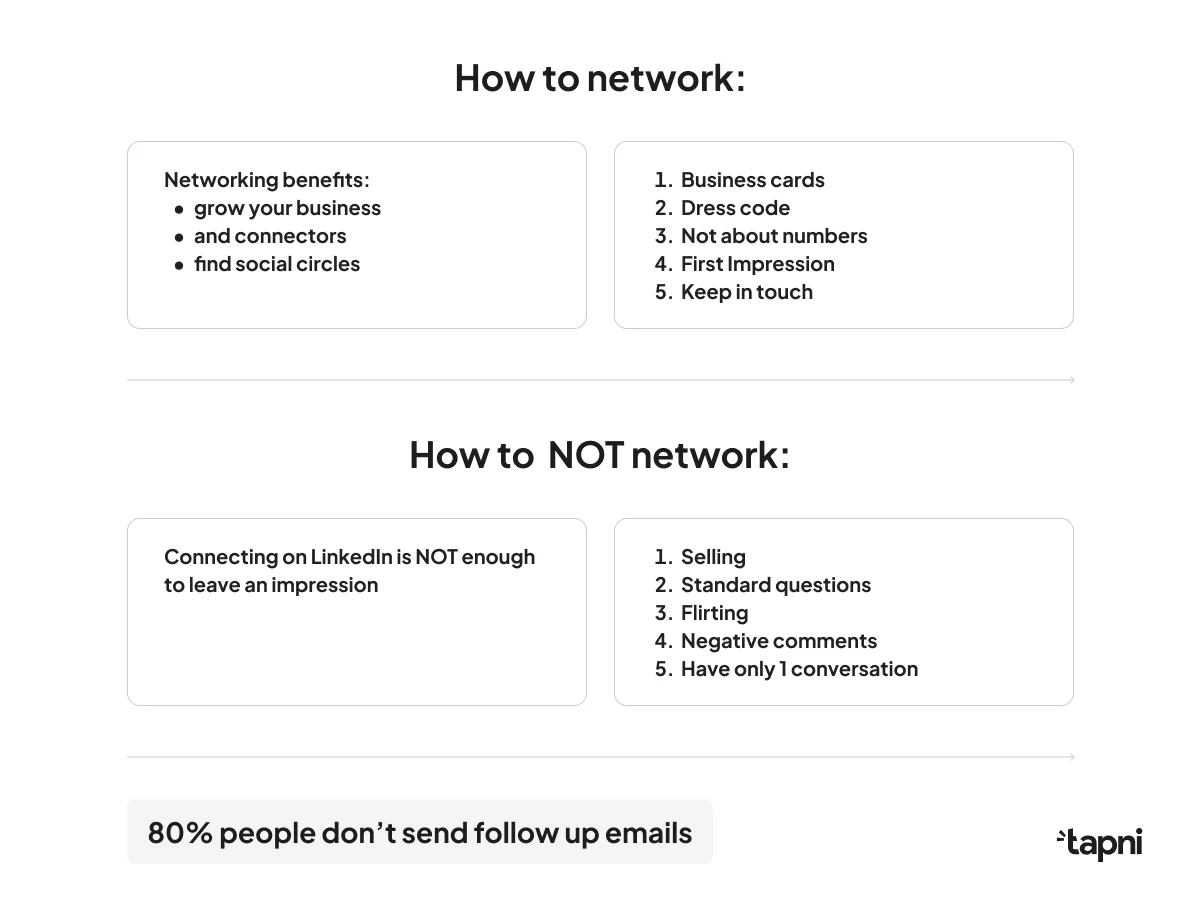
ProTip: Did you know you can easily connect your CRM to your Tapni Business Profile and set follow-up reminders? Handy, right?
Don’t forget to collect feedback from attendees through surveys or feedback forms. To get more responses, focus on ways to improve survey participation through personalized follow-ups, engaging formats, and short, targeted questions.
You need to analyze this data to understand what worked well and where improvements can be made for future events.
Make the most of your event's content by repurposing it. Share recordings, presentation slides, and key takeaways with attendees and those who couldn't make it.
Not only does this extend the event's reach, but it also reinforces your expertise and thought leadership.
Hosting a successful virtual networking event involves careful planning, effective promotion, technical preparation, and post-event follow-up.
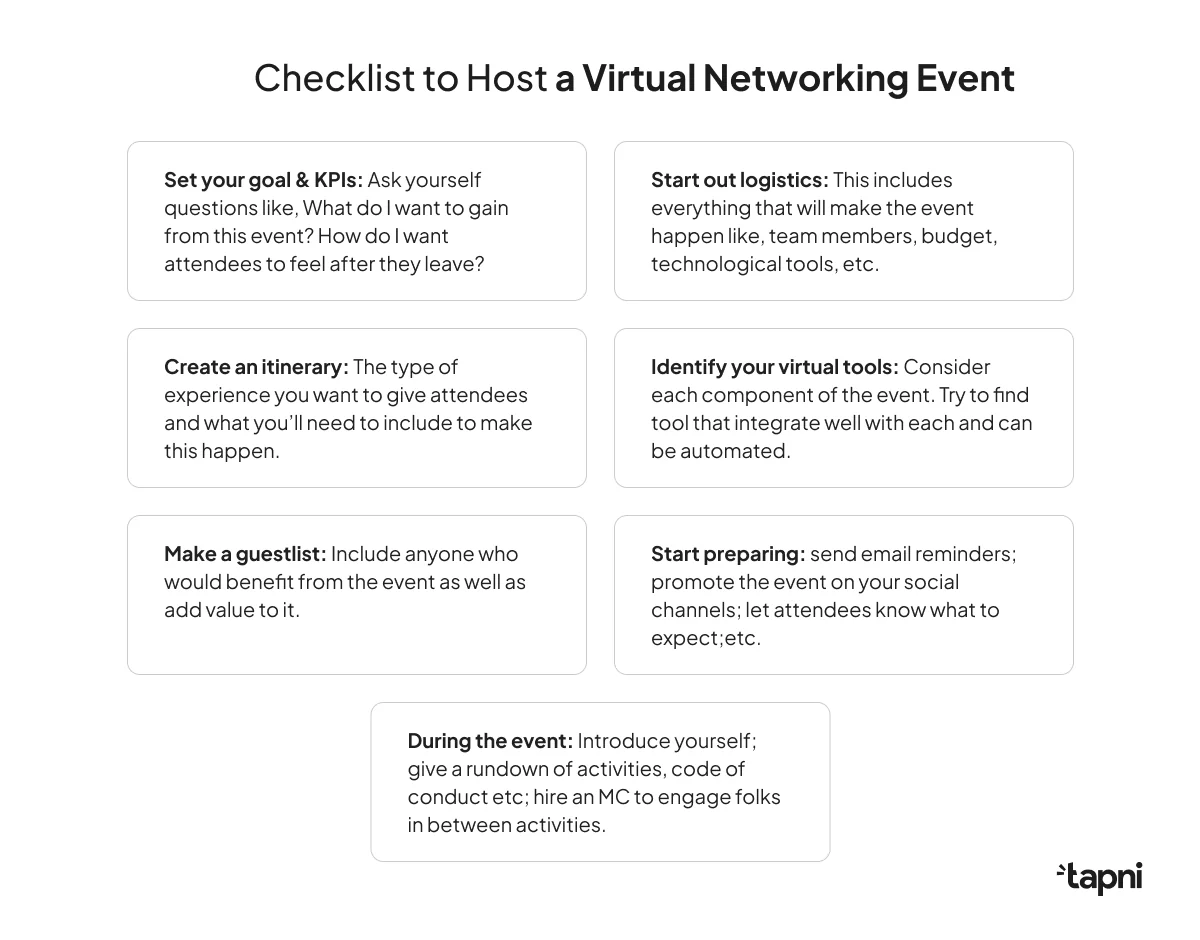
However, managing all of the aspects on top of hosting a virtual networking event is overwhelming.
Luckily, digital solutions like Tapni help you run smooth and engaging virtual events.
Not only does Tapni create fully customizable digital business cards and accessories, but Tapni also comes with a robust set of features helping you to:
🔥 Get actionable analytics and measure ROI at events.
🔥 Easily share your info in multiple ways via link, email, etc.
🔥 Automatically send a message to all the attendees who have contacted you or visited your profile after the event
🔥Organize your new contacts into meaningful editable lists.
🔥 Use your QR code as a gamification tool.
🔥 Put a direct link to the social media profile you want attendees to see.

🔥 Schedule follow-up reminders so you don’t forget to reach out to your new contacts.
🔥 And so much more.
Feel like giving Tapni a go?
Download the Tapni app today and create a memorable virtual networking event next time.
To plan a virtual networking event effectively, start by defining your event's objectives and target audience.
Next,
Finally, ensure a seamless user experience, engage your participants during the event, and gather feedback to refine future virtual networking events.
The stages of a virtual networking event typically include:
The challenges of virtual networking include potential technical issues such as poor internet connectivity, which can disrupt conversations and hinder engagement.
Also, building meaningful connections in a virtual environment can be more challenging than face-to-face interactions, as non-verbal cues are limited.
Additionally, virtual networking events can sometimes be overwhelming due to the sheer volume of participants and information shared, making it harder to stand out and make lasting connections.
10 Effective Ways to Capture Leads at Events